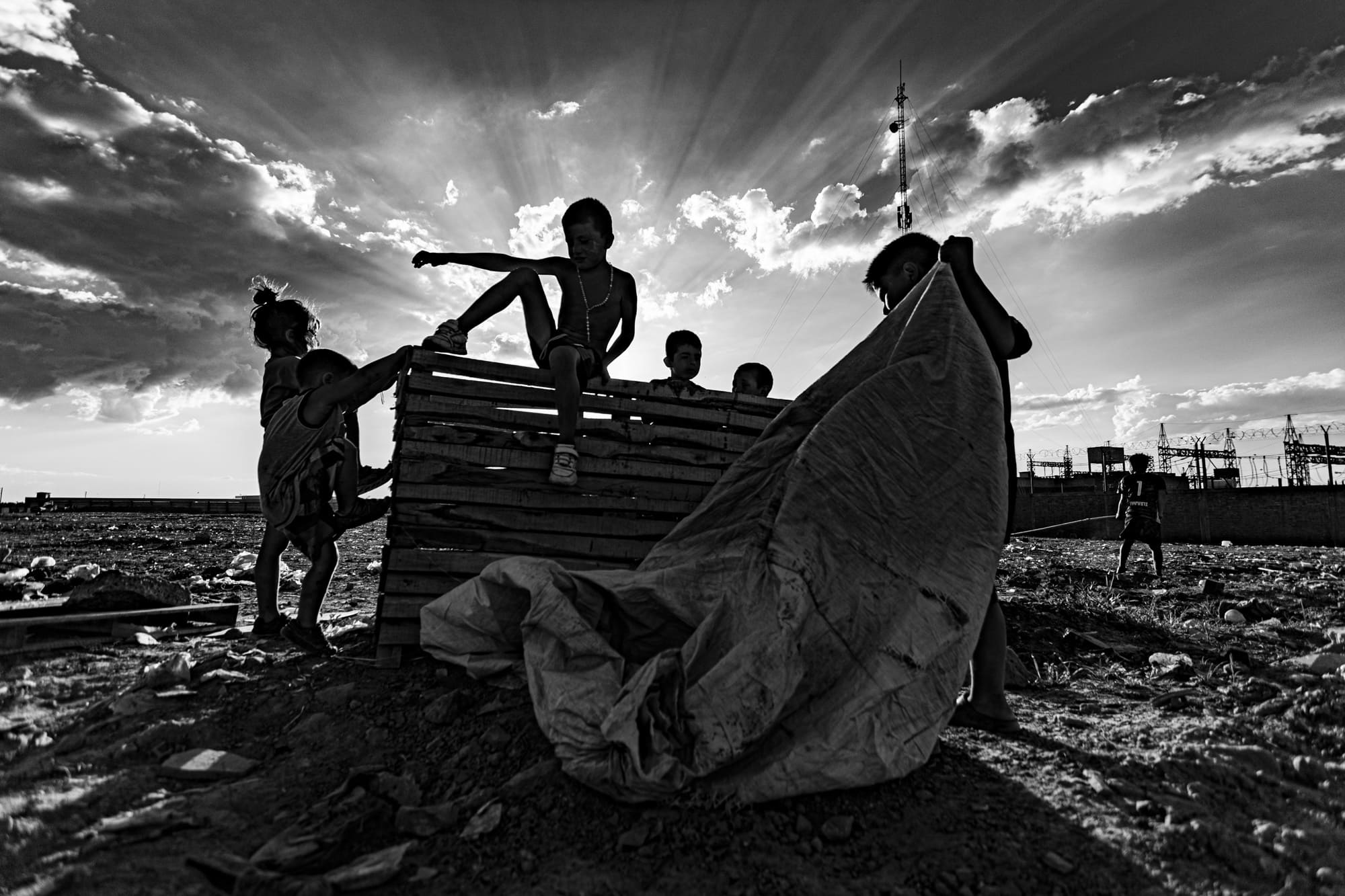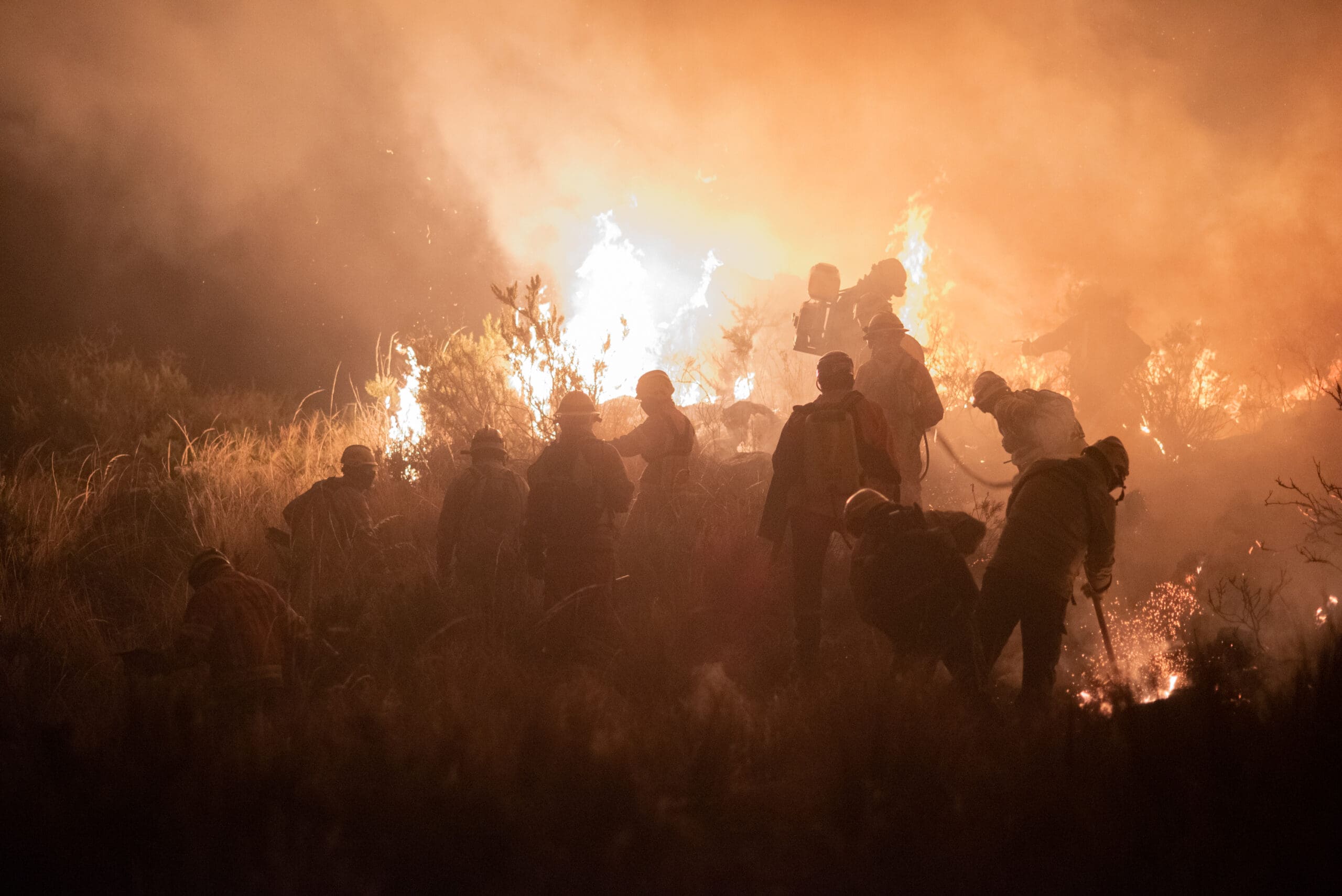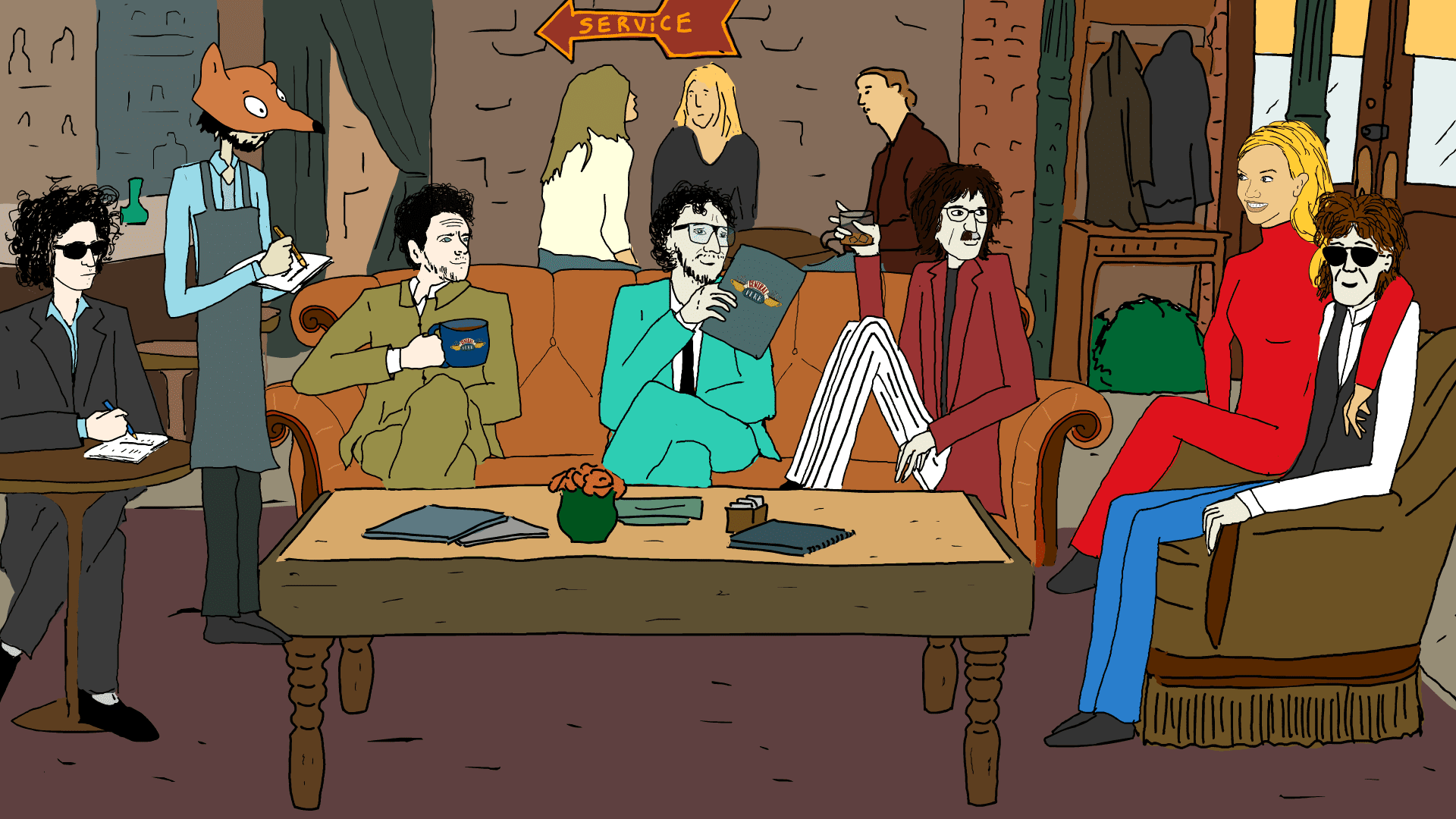Hugo Arellanes was bothered by something every time anthropologists, photographers and filmmakers visited his native Costa Chica. For years he could not put in words what it was. Until he managed to see it from a distance, at the university. There he concludes: “the Afro-descendant communities come to be objects of study” , he says. And the communities open up their doors to scholars, hoping their lives will improve. But, after the visit, the foreigners forget the contact and nothing changes.
As a university student, Hugo took a subject on Human Rights that impacts him. He knew that if he combined that with the camera that their parents gave to him he could make something different. “I do not like the romanticization of poverty. Neither the infantilization of the Afro-Mexican or indigenous subjects. What I do with my photography is to involucrate the photographed subject”, he explains.
For his work El polvito en tus zapatos, Hugo wrote a post on Facebook and asked what objects his peers would choose if they have to choose which ones represent them. There were a lot of answers and the work came to be collective: the rodete, the huarache, the slingshot were some of those selected.
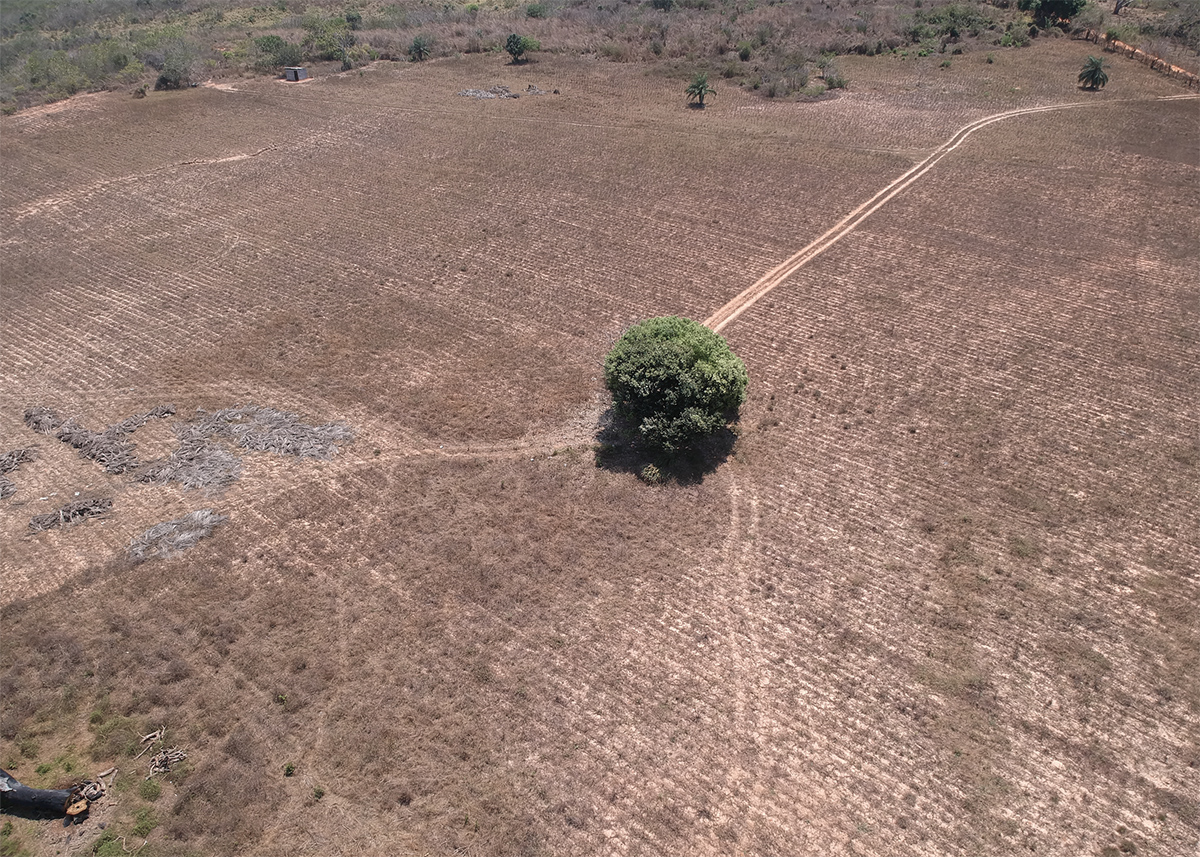

How did you decide that photography would be your tool?
The first camera I had was a gift from my parents, one day that a village vendor was in town. It cost 500 pesos, it was when I was 12 years old. I did not take much appreciation for photography because I saw it as an obligation: “Now, go and take photos”, they told me. I did not want to go by that way. Now I dedicate myself to that and I think it is funny. Years later, in a paint workshop, one of my teachers advised me to take a photography workshop and like this I came again to get closer to cameras. At that moment I fell deeply in love of photography.
This time, with a digital camera, a camera that did not need a film, that you could take hundreds of shots without generating an additional cost, it was terrific. Even more living in a community where the access to a film and development was null: we had to send it to Acapulco and the results were not what you wanted, because perhaps you had not had a good exposure. Seeing the result instantly and to be able to retake a picture made me fall in love.
When I was a teenager I suffered a lot of discrimination because of my skin color. Is an indispensable theme I always wanted to touch. It was reinforced a lot when I understood that there are a lot of anthropologists, filmmakers that went to Costa Chica and said: “Get there, and do this, I am going to photograph you”. All the time people are investigating our communities, our bodies. I felt more and more rejection of these types of practices. I grew up with an education based in ethics and I felt that that was not.
I said: Yes, I want to be a photographer, but I do not want to be like them, who do not consider the people, who do not ask them. I started recording daily life in my community. I would go out with the camera, go to see a neighbor, photograph him on the way.
Later I did a bachelor’s degree in Justice and Human Rights and that experience opened my eyes to Human Rights. “that’s what I want”, I said. ¿How to merge those two things?
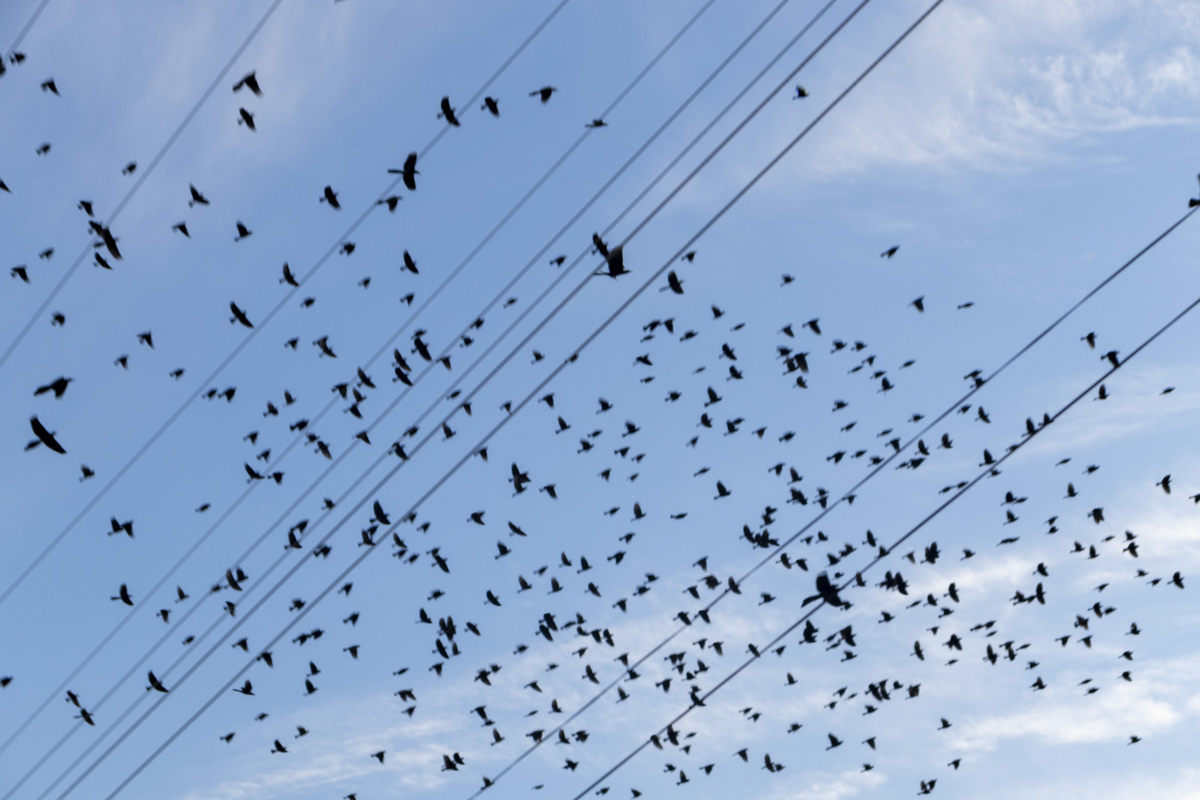
At first I didn’t feel comfortable watching them work: something was wrong but I didn’t understand what. Over time I understood, the university opens your eyes a lot. The majority of the Afro-descendant communities come to be objects of study in the universities. Then they send them to study us and we open the doors: yes, come in. Because we believe that the education they have will improve our lives. They promise that they will return, that the investigation is productive. And you always want to improve. Thesis students come, do their research, and we never read those theses. We do not know if they are speaking good or bad.
I said to myself: “I have to do something from my trench so that these things change.” So I start to produce a little photography and, over time, I reflect. I still feel that I am in a very strong process because I still have many conflicts with photography in relation to aesthetics around Afro-descendant and indigenous communities. I am half indigenous and half Afro-descendant and I don’t like how they register us.
I don’t like the romanticization of poverty. I don’t like the infantilization of the Afro-Mexican or indigenous subject. They see us as if we don’t have the intellect to produce ideas. It strikes me that we are the object of study all the time. Instead, what I do with my photography is involve the photographed subject: I need you to tell me how you feel comfortable doing this. In order, between the two of us, to build an image of what we want to be and how we feel comfortable. It is also true that there are indigenous or Afro-descendant people who like to be photographed by anthropologists in folkloric positions. There is a whole folklorization of the subject and that is what I collide with almost all the time. I feel that the folklorization of these Afro-descendant or indigenous subjects does not contribute anything to the liberation of themselves.

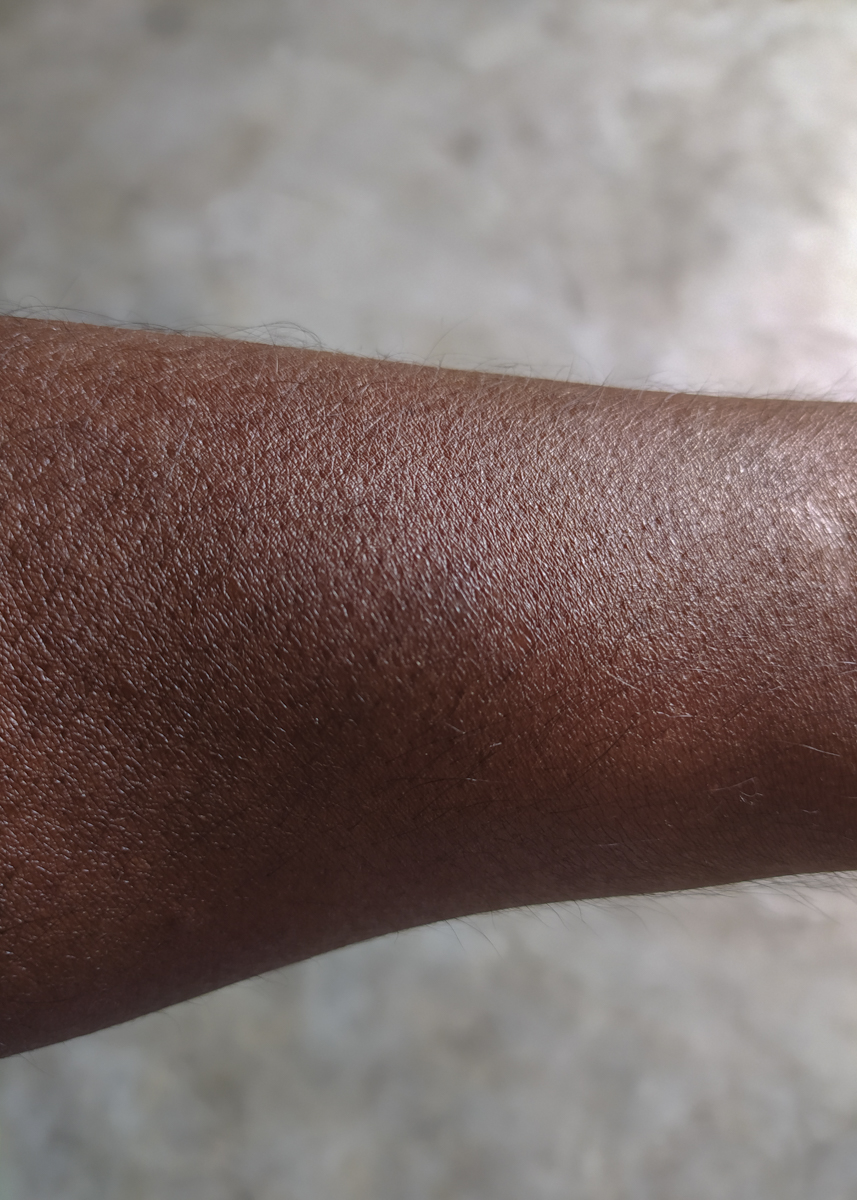
Does that folklorization you mention still happen?
For example, here in Mexico, in 2019 the Afro-descendant people were recognized. We are finally in the Constitution. But when they invite us to public events, they always want us to go as dancers, musicians, like all these stereotypes: handsome, who brings joy in the blood. Those stereotypes are limiting. In my community there are many Afro-descendants who want to have political participation. Every time an Afro-descendant says that he wants to participate politically to change his reality, it is like “no, no, no, you start dancing, start singing, dedicate yourself to that.” And no: that I am cheerful should not limit my political participation. Those are the things that perhaps conflict me. That representation that is generated and the limits that these stereotypes establish.
What I try to do is break those limits and set a precedent for things we can aspire to. That skin color is not a limitation. Obviously, there are a lot of limitations because that is how racism has dictated it for centuries, but a good way to break the imaginary is through the image, because through the image they also instill it in us.
I am very new to conceptualizing photography. Much of this vision is reinforced when I move to the city. Before that I could not see all the problems that attacked my community, because I was within those problems. One cannot look easily, it is easier from the outside and with the help of others, for example city people, who asked me questions that I had never asked before. And that allowed me to analyze my own life.
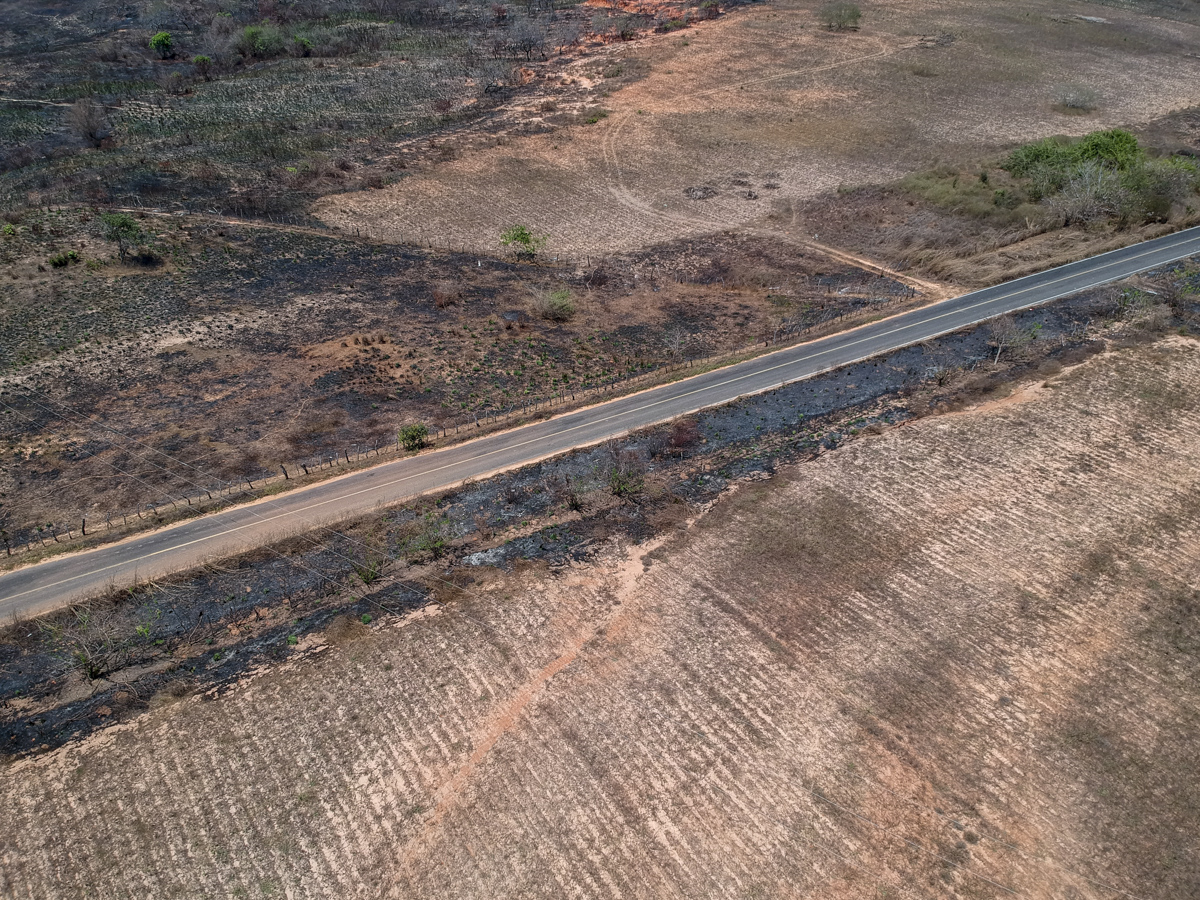
What is El polvito en tus zapatos about?
I have traveled through some states, I am a dogleg, it means that I like to walk from one side to the other. I noticed that in my community there are objects that are very local. Objects that, although you can find them in other parts of the republic, do not have the same uses. I began to analyze how they have given us an identity as Afro-descendants and how they have given us an identity on the Costa Chica.
El polvito en tus zapatos are these objects, exhibited, telling the story of a people. How we have lived, what are our traditions, our peoples, our customs, our ways of socializing, our dances. They are for ritual, daily and dance uses.
How was the object selection process?
When I chose the theme, again I wanted to involve everyone, I wanted us to choose the objects together. So, what I did was put a survey on Facebook and together we were choosing the objects that represented us as people from the coast and as Afro-Mexicans. The answers began to rain on me; I tried to absorb all of them and make a synthesis of the most important objects for us. The idea was not only mine but it belonged to an entire population.
Would you tell us the story of each one of those that you finally chose and that can be seen in your publication in Africamericanos?
The huaraches: the area where I am from is a livestock area, so we have learned to make many objects with the skin of cattle. Besides, at People from the coast do not like closed footwear given the temperatures we live in, sometimes 40 degrees. Having ventilated feet is a benefit, it talks about how we adapt. Livestock appears a lot, it is an important livestock area at the local level and at the country level. We produce one of the best meats in the country and for export to the US and Canada.
The jaw: It talks about cattle and dance use. If you hit the jaw with your hand or with another object, it vibrates and becomes a percussion instrument when we are dancing the devil’s dance.
The rodete: On the coast we call it rodete or mañual. It is assumed that our ancestors were brought to work in these lands. This same rodete, in some countries, is used to load the water jugs and in Costa Chica it is the same. It is like representing part of our history. The ladies who carry their buckets of water, or who are going to sell their bread. On it they put the baskets to be able to load without using their hands. It is surprising that they can carry 30 kilos on the neck, without using their hands, everything is with the control of the neck.
The little bottle: We know the green liquid as the water of seven males. This bottle tells a bit of the spirituality with which we see life. So we believe in fantastic things, which for us are very real. We believe in something we call the shadow, like the soul, that other part that doesn’t have a body. We call it “the shadow”, something that accompanies you all your life. This shadow can leave your body and go on a trip, or sometimes you forget it due to an incident, such as a scare. There are many consequences, you can feel sad. In psychology, they would be the sequels left by a trauma. The water of seven males is used by the healers to call it back to the body.
The Sacudidor: It has to do with the work of indigenous and Afro-descendant women. It is used a lot in the kitchen and has many functions. I chose it because I wanted to position domestic work, which in many cases is unpaid.
The slingshot: It was one of the first objects that I said: “this object goes”. Because I grew up with a slingshot around my neck. Many of the families whose parents are not professionals are dedicated to hunting or collecting fruits. Since I was little, I liked to go hunting and this is the basic tool for young people who love to hunt. It is an instrument that does not generate cost, it is super fun and generates a type of agglutination among young people, of much more socialization. And this makes the social bond stronger and more difficult to destroy, so when social problems attack these circles it is a little more difficult for them to be destroyed. Thanks to all the friends I had while we were hunting, I was able not to fall into the traps of drugs or drug trafficking, which are very common on the Costa Chica.

